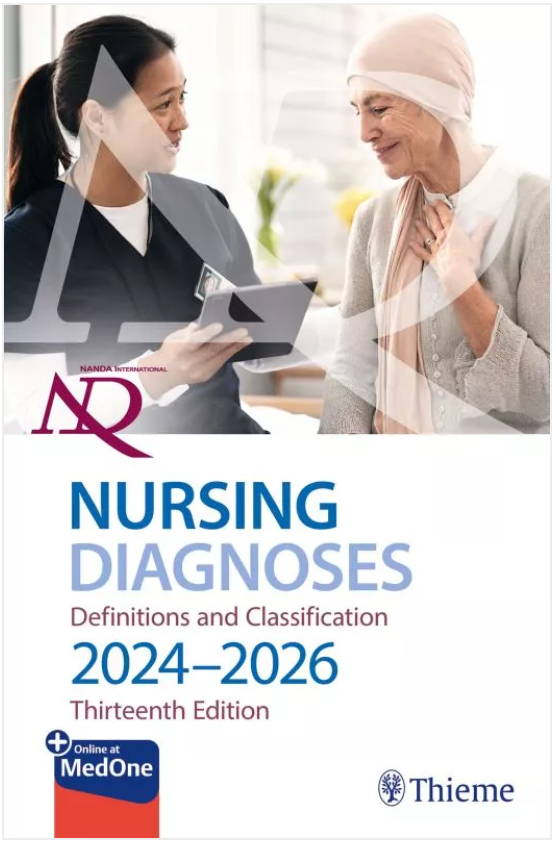The Quintessential Guide to Nursing Diagnoses
As part of NANDA-I’s mission to facilitate the development, refinement, dissemination, and use of standardized nursing diagnostic terminology, we continue to provide the world’s leading evidence-based nursing diagnoses for use in practice and to determine interventions and outcomes.
Diagnoses undergo peer review, including a review of the literature underlying the concepts, to ensure that the terms we use are supported in the nursing literature.
Our 13th edition of “NANDA-I International Nursing Diagnoses” has just been released in English, which includes 54 completely new diagnoses and 98 revised diagnoses!
New Content in Thirteenth Edition
Revisions were made for a variety of reasons:
(1) New research literature provided information pertinent to the label, definition, and/or diagnostic criteria used for the diagnosis.
(2) Whenever possible, judgment terms were incorporated into the diagnostic label.
(3) A revision of our muti-axial terms identified many synonyms which were removed, thus altering the diagnostic label.
Forty-six diagnoses were retired due to:
- New studies suggested that terms previously used should be changed to reflect new knowledge.
- A lack of research evidence exists to support diagnoses, often a lack of related or risk factors to drive autonomous nursing activities – for example, unilateral neglect (00123).
- Recognition that the terms reflected symptoms rather than diagnostic judgments (and were, therefore, diagnostic criteria for other diagnoses), for example, constipation and diarrhea, which are now incorporated as defining characteristics in a new diagnosis, impaired intestinal elimination (00344).
- Diagnoses are not independent nursing judgments but rather are renaming medical diagnoses, for example, decreased cardiac output.
- Incorporation of judgment terms into the label required the retirement of old diagnoses and the creation of new diagnoses (e.g., insomnia and sleep deprivation, which are now diagnostic indicators of ineffective sleep pattern (00337).
- Diagnoses that reflect etiologies that cannot be altered (such as poor venous access) or issues related to inappropriate nursing practice (such as maintaining a catheter in a vein for a prolonged period of time), rather than a human response in those for whom we provide care (e.g., risk for vascular trauma)
Our commitment to evidence-based nursing terminology is evident in the rigor and extent of work that occurs in each edition of our text. Additionally, the text contains a more in-depth discussion on diagnosis and its linkage to assessment, using Kamitsuru’s Tripartite Model of Nursing Practice to differentiate between interdependent interventions based on medical and organizational standards of care, and autonomous nursing interventions based on nursing standards of care.
Functional Health Patterns are also used as an assessment framework to guide nurses in collecting relevant data to drive accuracy in nursing diagnosis.
Get Your Copy Today
Have you gotten your copy? Be sure to get the official book today!

